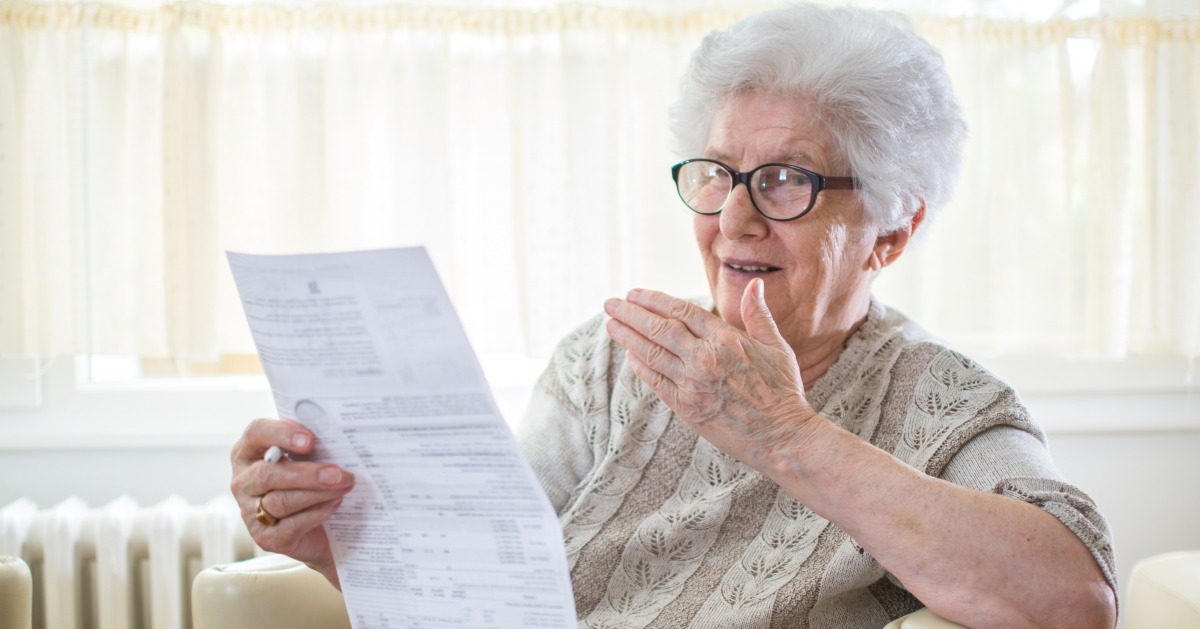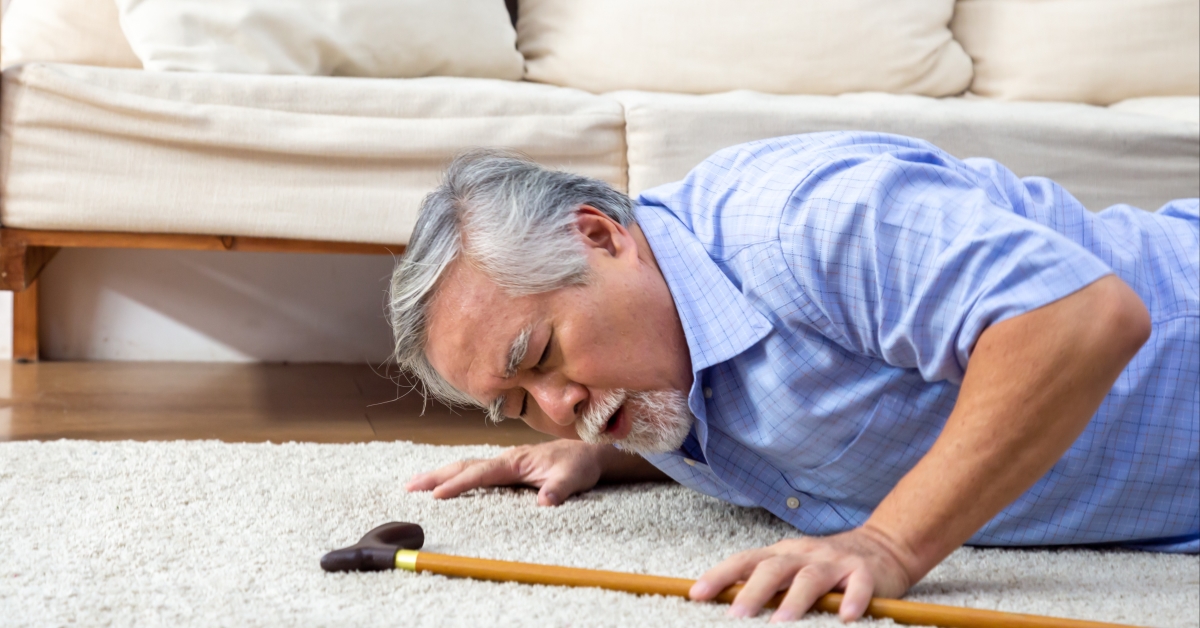Guide to Nice: Delirium Diagnosis, Prevention and Management
Delirium is a severe state of confusion characterised by fluctuating disturbed consciousness, cognitive function or perception. It’s the most frequent complication older people experience after being hospitalised.

But despite its prevalence, delirium is preventable. Some studies estimate it may be prevented in about a third of patients using a multicomponent intervention.
While several guidelines are available on delirium (due mainly to the lack of a routine NHS delirium prevention care system), the current gold standard is the NICE framework.
This framework covers how to diagnose and treat delirium in adults and advises how to identify those at risk of developing delirium and how to prevent it. The framework provides several key takeaways for local counsellors.
Delirium Indicators
To determine if somebody is suffering from delirium, assess their recent changes in behaviour, usually within hours or even days. If the person at risk isn’t reporting these changes, a relative or carer should. Some common indicators include:
- Poor concentration
- Confusion
- Slow or delayed responses
- Hallucinations
- Reduced movement and mobility
- Agitation
- Sleep disturbance
- Lack of cooperation
- Withdrawal
- A change in mood, attitude or communication
If these indicators are present, a trained healthcare professional needs to conduct a clinical assessment to confirm the delirium diagnosis.
Using NICE to Diagnose Delirium
Much like with falls, the causes of delirium are multifactorial and there are both predisposing and precipitating factors. However, the NICE framework identifies four key risk factors to assess:
- Being 65 or older.
- The presence of cognitive impairment.
- The presence of a hip fracture (factors that affect neuroinflammatory pathways can lead to an episode of delirium in an at-risk brain).
- The presence of a severe illness.
In the case that indicators of delirium are identified, the healthcare professional will carry out a clinical assessment based on the Diagnostic and Statistical Manual of Mental Disorders (DSM-V) criteria or short Confusion Assessment Method (short CAM) to confirm the diagnosis.
To manage the diagnosis, the healthcare professional will ensure effective communication and reorientation for the patient to manage the diagnosis. Given that delirium is a state of confusion, the management of a diagnosis should aim to remove as much confusion as possible by clarifying the healthcare professional’s role and where they are.
Preventing Delirium
A healthcare professional who’s familiar with the person at risk should care for the person at risk. This involves methods such as not moving them between wards or rooms, assessing them within 24 hours and providing a multi-component intervention tailored to the person at risk’s specific needs.
According to the NICE guidelines, other interventions include:
- Address cognitive impairment and disorientation, such as providing appropriate lighting and talking to the person.
- Address dehydration and ensure they drink enough liquids.
- Look for and treat any infections.
- Encourage mobility.
- Assess for pain and look for non-verbal signals of pain.
- Conduct medication reviews.
- Address poor nutrition and diets.
- Address sensory impairment.
- Advise on healthy sleeping patterns and good sleep hygiene.
In general, observe the people at risk daily to monitor any changes. You can find more about delirium prevention methods here, including information on oxygen saturation, immobility, pain management and more.
Learn More on Preventing Falls Among Older People With Delirium
Delirium is a cause of significant complications. People who develop delirium may need to stay longer in a hospital or critical care than those who don’t. They have an increased incidence of dementia, they have more falls and pressure sores, they’re more likely to need long-term care if they’re in the hospital and, crucially, they’re more likely to die.
Learning how to prevent falls among older people with delirium and dementia is one of the components of a one-day Inside Government online training course on how to prevent falls in older people.
This interactive course will give you the tools to create and embed a tailored fall prevention strategy for your own organisation. If these tools would be useful in your day-to-day work, you can easily register for the course below.




